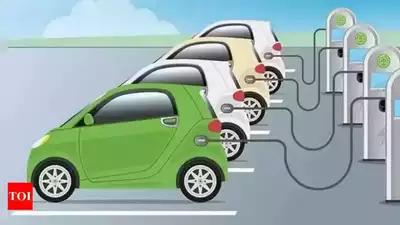Decarbonising India’s Mobility Sector
Decarbonising India’s mobility sector is crucial to achieving steep climate goals. The automotive industry, a major contributor to greenhouse gas emissions, particularly carbon dioxide (CO2), is at the forefront of the climate-change fight. In India, the transport sector accounts for ~12% of GHG, with road transport emitting 90% of that.

By the end of this fiscal, the share of EVs in domestic vehicle sales is expected to be ~2.5% for passenger vehicles, ~6% in two-wheelers, ~18.5% in three-wheelers, ~6.6% in buses, and ~2.5% in small commercial vehicles.
Government Initiatives and Industry Efforts
The government has implemented several initiatives, such as the Faster Adoption and Manufacturing of Hybrid and Electric Vehicles (FAME I and II), focusing on demand incentives and incentives for charge point operators. The automotive industry is also making strides towards decarbonisation, with significant investments in research and development to produce zero-emission vehicles.
The Roadmap to Decarbonisation
A detailed and practical roadmap to decarbonise India's automotive sector, aligning with the Paris Climate Agreement, is critical. Progress on implementation needs to be reviewed regularly to ensure alignment with the goals set, through course-corrections.
Conclusion
By the end of FY30, EV penetration in domestic sales is expected to be 15-20% in passenger vehicles, 35-40% in two-wheelers, ~35-40% in three-wheelers, ~20-25% in buses, and ~10-15% in small commercial vehicles. This shift is estimated to reduce CO2 emissions by ~38 million tonnes.









Comments